Most augmented reality experiences are purely visual, with spatial audio gaining in popularity to make visual experiences more realistic. However, leveraging the sense of touch may be the next frontier for AR experiences.
This week, researchers at the School of Engineering and Informatics of the University of Sussex published a paper detailing a method for displaying tactile holograms without an AR headset.
Dubbed the Multimodal Acoustic Trap Display (MATD), the system involves an LED projector, a speaker array, and a foam bead. The speakers generate ultrasonic waves that suspend (or trap) the bead in mid-air and move it rapidly in space to create the perception of a volumetric image, with the projector adding color to the content via red, green, and blue light.
"Our new technology takes inspiration from old TVs which use a single color beam scanning along the screen so quickly that your brain registers it as a single image," said Dr Ryuji Hirayama, a JSPS scholar and Rutherford Fellow at the University of Sussex and lead author of the research paper, in a statement. "Our prototype does the same using a colored particle that can move so quickly anywhere in 3D space that the naked eye sees a volumetric image in mid-air."
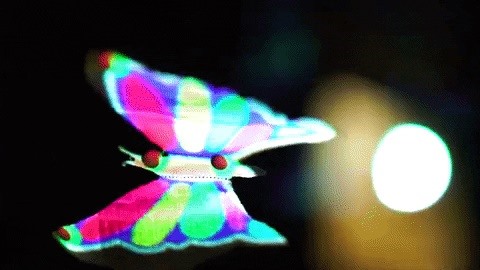
Another set of speakers creates the illusion of haptic feedback as users interact with the hologram. The system enables the creation of mid-air buttons via ultrasound alone -- all while playing the sweet sounds of the band Queen.
"Even if not audible to us, ultrasound is still a mechanical wave and it carries energy through the air. Our prototype directs and focuses this energy, which can then stimulate your ears for audio, or stimulate your skin to feel content," said Dr. Diego Martinez Plasencia, co-creator of the MATD and a researcher on 3D user interfaces at the University of Sussex.

The approach is similar to the technology of Ultrahaptics (recently rebranded as Ultraleap after the acquisition of Leap Motion), which uses sonic waves to generate tactile experiences.
Coincidentally, last week's Season 4 premiere of cult cartoon Rick and Morty featured (SPOILER ALERT) a sentient AI hologram that achieved mass by merging with ferrofluid, a magnetic fluid typically composed of iron and oil.
So, hopefully, this real-world breakthrough will eventually just make future augmented reality experiences more realistic rather than serving as the catalyst for AI to render mankind obsolete.
Just updated your iPhone? You'll find new features for Podcasts, News, Books, and TV, as well as important security improvements and fresh wallpapers. Find out what's new and changed on your iPhone with the iOS 17.5 update.
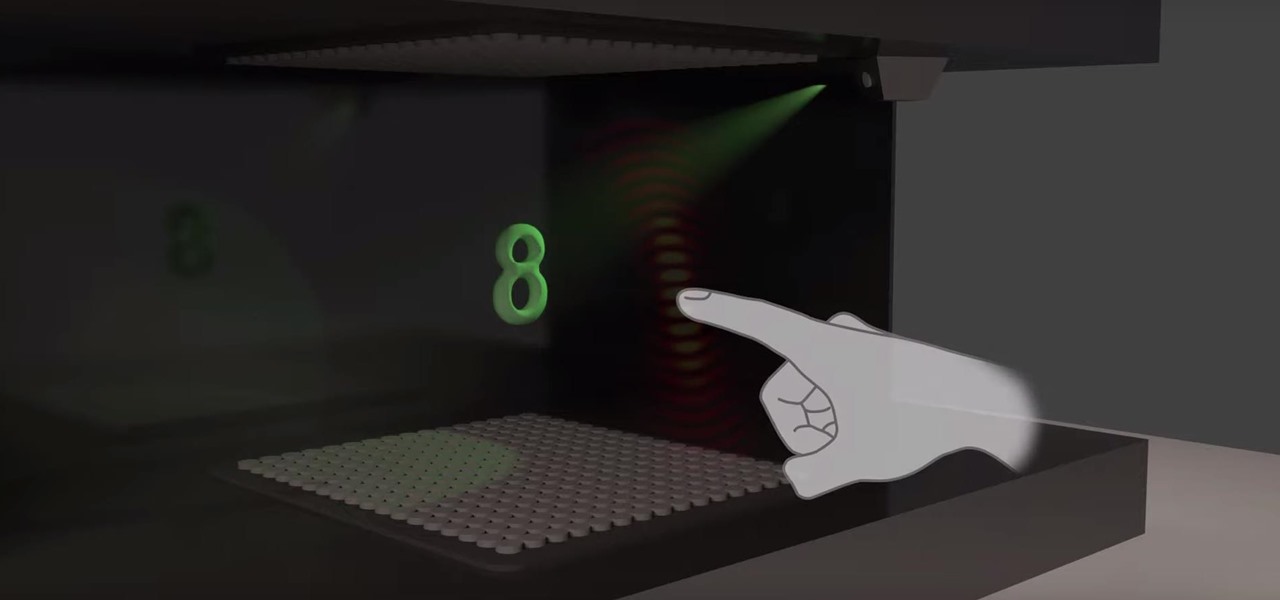

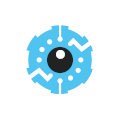
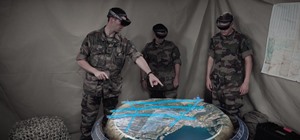
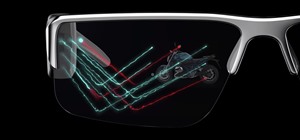


















Be the First to Comment
Share Your Thoughts